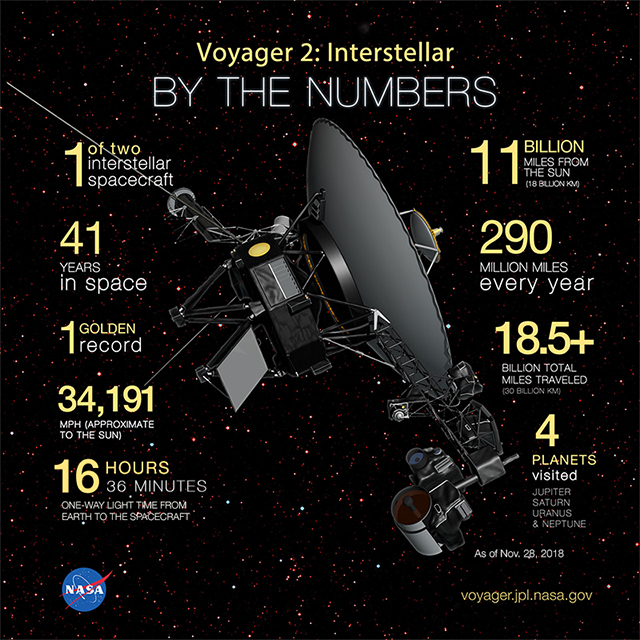Everybody knows the best way to get back at an adult is buying their kids a drum set. But what if we told you there was something that could annoy your friends even more this holiday season? Like maybe a toy that encourages their kids to yell at the top of their lungs? Yellies! are a toy made by Hasbro and they are exactly what they sound like.
"The louder you yell, the faster they go," the Hasbro website says. According to the website, Yellies! respond to sound. You can talk loudly or softly to get the Yellies! moving. You can also clap, play music or sing. 12 Yellies! are available to collect in 2018 with hints that more are coming in 2019. Yellies! retail for $14.99 on the Hasbro toy shop site.
Credits:
https://6abc.com/shopping/parents-react-to-yellies-toys-that-move-when-kids-scream/4900038/







